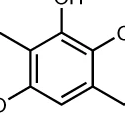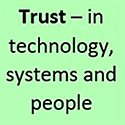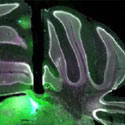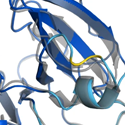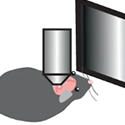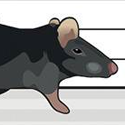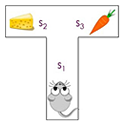Using a novel rapid alternating steering angles pulse sequence to evaluate the impact of theranostic ultrasound-mediated ultra-short pulse length on blood-brain barrier opening volume and closure, cavitation mapping, drug delivery feasibility, and safety Theranostics.
The current study from the Konofagou lab describes an advancement in FUS delivery parameters and instrumentation that allows the simultaneous opening and monitoring of BBB in two brain regions simultaneously. This preclinical study highlights new developments in FUS that expand its capabilities for safe, non-invasive gene and drug delivery to the brain for the potential treatment of neurological diseases. FUS may be a useful tool for evaluating therapeutics for substance use disorder.
[Read More]

